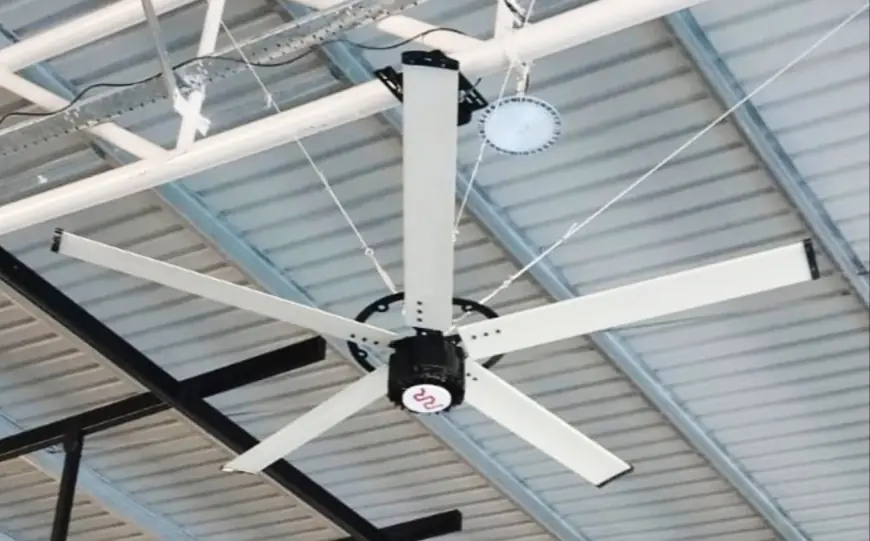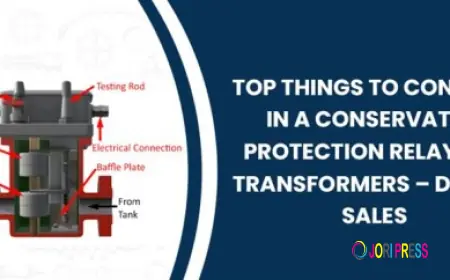HVLS Ceiling Fans vs Traditional Ceiling Fans: Which One Is Right for Your Facility?
When it comes to improving air circulation and regulating temperature in large buildings, ceiling fans are a reliable and cost-effective solution.

When it comes to improving air circulation and regulating temperature in large buildings, ceiling fans are a reliable and cost-effective solution. However, not all ceiling fans are created equal—especially when choosing between High-Volume, Low-Speed (HVLS) ceiling fans and traditional ceiling fans. While both serve to move air, they differ greatly in performance, efficiency, and intended use.
In this article, we’ll explore the differences between HVLS and traditional ceiling fans and help you determine which one is right for your facility.
1. Size and Airflow Coverage
HVLS Ceiling Fans
-
Typically range from 7 to 24 feet in diameter
-
Move large volumes of air slowly and consistently
-
Designed to circulate air across tens of thousands of square feet
Traditional Ceiling Fans
-
Usually range from 3 to 6 feet in diameter
-
Create more focused and localized airflow
-
Best suited for small rooms or personal workstations
Verdict: If you need to cover a large area—such as a warehouse, gym, or distribution center—HVLS fans are the better choice.
2. Speed and Air Movement
HVLS Fans
-
Operate at low speeds (typically <200 RPM)
-
Generate a gentle, widespread breeze that creates a cooling effect over a large area
-
Improve air circulation without strong drafts or noise
Traditional Fans
-
Operate at higher speeds and faster RPMs
-
Push air downward forcefully but only over a small area
-
Can create uneven cooling and may require multiple units to cover larger spaces
Verdict: For consistent airflow across a large space, HVLS fans provide better overall performance.
3. Energy Efficiency
HVLS Fans
-
Engineered to be highly energy-efficient
-
Reduce the need for constant HVAC operation
-
Can help cut heating and cooling costs by up to 30%
-
Often include direct-drive motors that are quiet and low-maintenance
Traditional Fans
-
Typically consume more energy per square foot of coverage
-
May need to run at full speed or be used in large numbers for sufficient effect
Verdict: HVLS fans offer significant long-term energy savings, especially in climate-controlled environments.
4. Application Suitability
HVLS Ceiling Fans Are Ideal For:
-
Warehouses
-
Factories and manufacturing plants
-
Agricultural buildings
-
Gyms and fitness centers
-
Big-box retail stores
Traditional Ceiling Fans Are Ideal For:
-
Small offices
-
Break rooms
-
Small workshops or garages
-
Residential areas
Verdict: Choose HVLS fans for industrial or commercial facilities, and traditional fans for smaller, enclosed spaces.
5. Installation and Cost
HVLS Fans
-
Require professional installation, often needing structural support for weight and size
-
Higher upfront cost, but provide a strong ROI through energy savings and improved comfort
-
May include advanced controls, smart automation, and integration with building systems
Traditional Fans
-
Easier and cheaper to install
-
Lower upfront cost
-
Limited features and not suitable for high ceilings or large areas
Verdict: If your facility demands powerful airflow and long-term performance, the higher investment in HVLS fans is worth it.
Final Thoughts
The choice between an hvls ceiling fan and a traditional ceiling fan ultimately depends on your facility’s size, function, and ventilation needs. Traditional fans may suffice for smaller, enclosed areas, but HVLS fans are purpose-built for large-scale environments where temperature control, energy efficiency, and worker comfort are essential.
If you're managing a warehouse, gym, or production facility, HVLS fans will deliver greater performance, lower energy costs, and better overall value. For small offices or personal cooling, traditional fans remain a simple and practical solution.
What's Your Reaction?
 Like
0
Like
0
 Dislike
0
Dislike
0
 Love
0
Love
0
 Funny
0
Funny
0
 Angry
0
Angry
0
 Sad
0
Sad
0
 Wow
0
Wow
0


















































